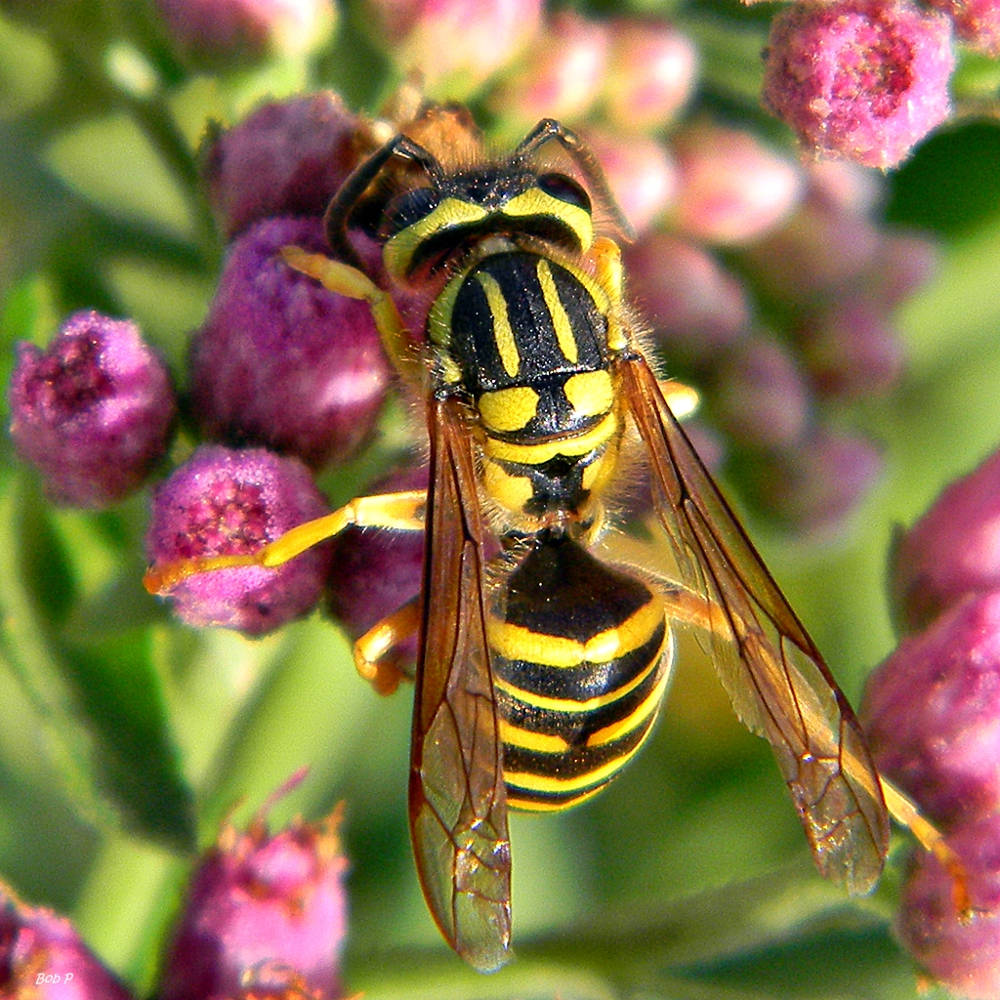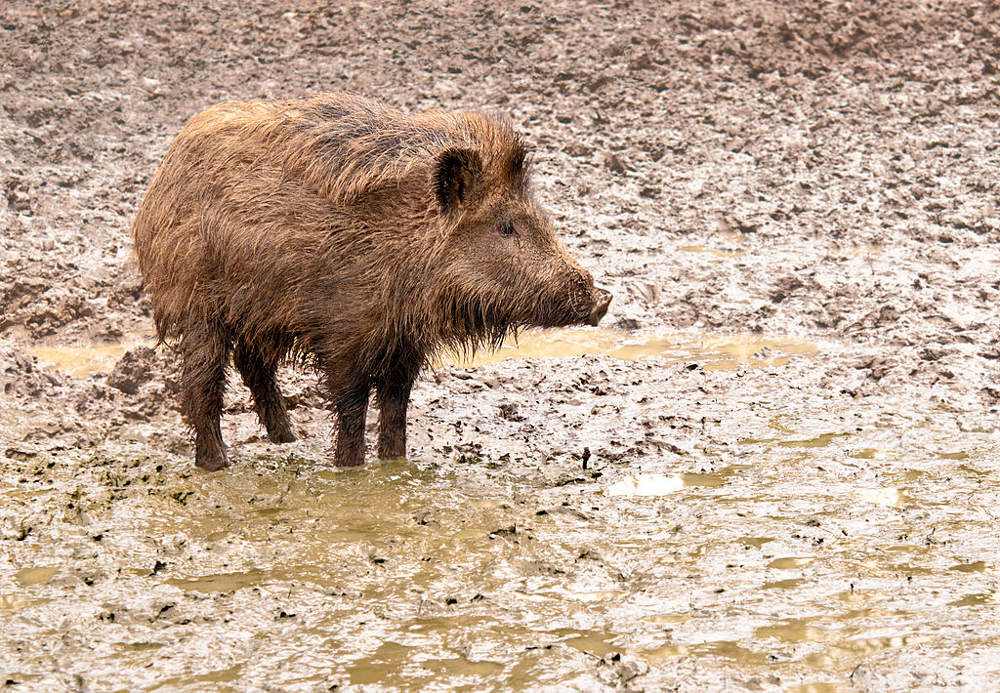BOGOTA, Colombia (ViaNews) - Five mammals and two bushes are to blame for more than US$86.5 million in losses over the last five years in Chile. According to the study "Economic valuation of the impact of a group of Invasive Alien Species on Biodiversity in Chile" financed, among others, by the Ministry of Environment of Chile, it is estimated that if nothing is done to control invasive species, Chile will lose more than 2,000 million dollars in 20 years.
In addition to the destruction of natural habitats, climate change, and poaching, three major reasons why various species in Chile are in danger, we must add the problem generated by these seven-invasive species. The situation is alarming and getting out of control. Below, we present the species in question and their direct repercussions on Chilean biodiversity and economy:
1. Canadian Beaver: Minimum annual loss = US$733,094
More than 50 years ago in Tierra del Fuego, Argentina, five dozen Canadian beavers were released with the aim of developing a fur industry, but it was never fully developed.
These beavers pollute rivers, destabilize the soil, create dams and flood grazing areas and, above all, destroy forest biomass such as lenga and coihue.
2. Rabbit: Minimum annual loss = US$3,249,337
Primarily, rabbit, which was introduced in the country in the 17th century, has an impact on the fruit-growing and forestry plantation sectors. This animal consumes native vegetables and pines, erodes soils and competes for food with native rodents.
3. Espinillo: Minimum annual loss = US$ 3,953,881
Introduced in the 19th century to be used as a living fence, espinillo affects beef and sheep production areas, displacing native plants and crops, as well as degrading the soil.
4. Mink: Minimum annual loss = US$9,526,620
This animal was imported from 1934 to commercially exploit its fur. However, since it has no direct predators, it is responsible for the imminent hunting of invertebrates and vertebrates, especially hundreds of birds that nest at ground level.
5. Blackberry: Minimum annual loss: US$10,580,010
Blackberries affect endemic flora and pollinators, as well as erode the soil. Although its fruit generates income of just under US$3,000 a year, its encroachment of land to produce cattle and pines, in addition to the money used to eradicate it, generates losses for the state of more than US$10,500,000 a year.
[caption id="attachment_3911" align="aligncenter" width="1000"]

Southern Yellowjacket (Vespula squamosa). Photo by: Bob Peterson, Florida.
https://upload.wikimedia.org/wikipedia/commons/2/2f/Southern_Yellowjacket_%28Vespula_squamosa%29_%287225863346%29.jpg[/caption]
6. Yellow Jacket Wasp: Minimum Annual Loss = US$21,532,771
For more than 50 years, this yellow and black wasp has killed off apple, pear and flower crops, as well as attacking small birds and honeycombs. In addition, it is a very aggressive insect, so visits to the forest and protected areas are affected.
[caption id="attachment_3909" align="aligncenter" width="1000"]

A young wild boar in his environment in the Wisentgehege Springe game park near Springe, Hanover, Germany. Photo by: Michael Gäbler.
https://upload.wikimedia.org/wikipedia/commons/thumb/c/c0/A_young_wild_boar_in_his_environment.jpg/1024px-A_young_wild_boar_in_his_environment.jpg[/caption]
7. Wild boar: Minimum annual loss = US$38,278,724
The wild boar carries several microorganisms that affect wild and domestic animals; it is a predator of native species such as mammals that produce meat and milk, birds and frogs. It threatens Chilean palm, reduces plant biomass and erodes the soil. It was introduced in 1937 for breeding and hunting.
On this matter, the Minister of the Environment, Marcelo Mena, said that "this information shows us the need to move forward urgently in the control or management of these species, and calls us all to work for the protection of our valuable biodiversity.”
The Juan Fernández archipelago became the first commune in Chile to have an action plan for the control of invasive alien species. In addition, the regions of Los Ríos, Los Lagos, Aysén and the Magallanes will be added, as well as a national plan that will regulate the entry of these species and those already established. Chileans hope that this situation will be controlled and that it is not too late for their biodiversity.
 Southern Yellowjacket (Vespula squamosa). Photo by: Bob Peterson, Florida. https://upload.wikimedia.org/wikipedia/commons/2/2f/Southern_Yellowjacket_%28Vespula_squamosa%29_%287225863346%29.jpg[/caption]
Southern Yellowjacket (Vespula squamosa). Photo by: Bob Peterson, Florida. https://upload.wikimedia.org/wikipedia/commons/2/2f/Southern_Yellowjacket_%28Vespula_squamosa%29_%287225863346%29.jpg[/caption]
 A young wild boar in his environment in the Wisentgehege Springe game park near Springe, Hanover, Germany. Photo by: Michael Gäbler. https://upload.wikimedia.org/wikipedia/commons/thumb/c/c0/A_young_wild_boar_in_his_environment.jpg/1024px-A_young_wild_boar_in_his_environment.jpg[/caption]
A young wild boar in his environment in the Wisentgehege Springe game park near Springe, Hanover, Germany. Photo by: Michael Gäbler. https://upload.wikimedia.org/wikipedia/commons/thumb/c/c0/A_young_wild_boar_in_his_environment.jpg/1024px-A_young_wild_boar_in_his_environment.jpg[/caption]

